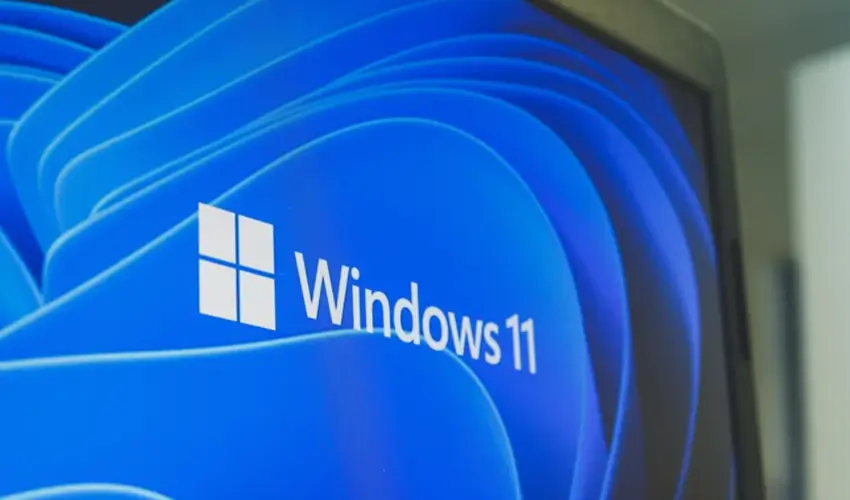
Microsoft’s New Windows 11 Preview Build Ramps Up AI Integration
Microsoft’s latest Windows 11 preview build (26120.4151), released through the Beta Channel, showcases an aggressive push toward deeper AI integration across the operating system. This update enhances Copilot and introduces new AI-powered features in apps like File Explorer and Settings, potentially signaling a shift in how users interact with Windows.
With each update, Microsoft is embedding artificial intelligence more thoroughly into the Windows experience. The latest build emphasizes expanded capabilities for Copilot, which now appears throughout the OS, including the desktop, File Explorer, and the Settings app.
Copilot remains the centerpiece of this AI push. It’s now more accessible than ever, with dedicated keyboard shortcuts (such as Win + C) and contextual right-click menu options on the desktop. These additions enable users to summarize documents, generate content, or compare products without leaving their current workflow.
A new AI assistant within the Settings app allows users to search and adjust settings using natural language, streamlining navigation and customization. In File Explorer, an “AI Actions” menu appears when right-clicking on various file types, enabling tasks like document summarization or image edits without needing to open separate applications.
Even apps like Paint and Photos are getting smarter. A simple right-click enables features like background removal or object selection. Users can now remove unwanted subjects from images with ease, making quick edits more intuitive.
However, not everyone is sold on this rapid AI expansion. Many users feel overwhelmed, suggesting that Microsoft may be moving too fast. While these features promise productivity boosts, there’s concern that too many tools, especially those rarely used, could clutter the interface and complicate the classic Windows experience.
Ultimately, the success of Microsoft’s AI strategy in Windows 11 will depend on whether these features provide real value or simply add to the noise. If executed thoughtfully, AI could enhance the user experience. But if not, it risks making Windows feel bloated and less user-friendly.

